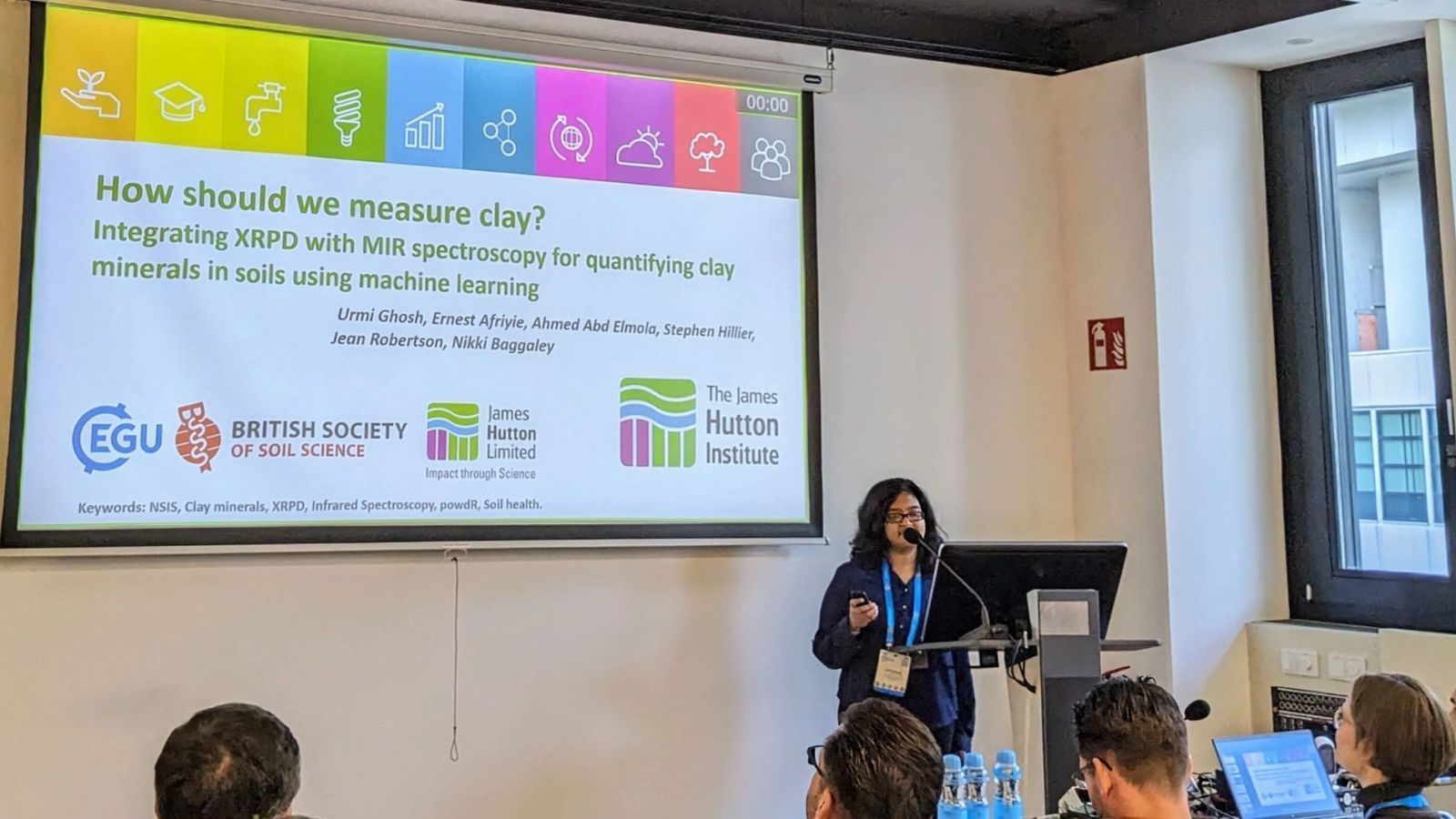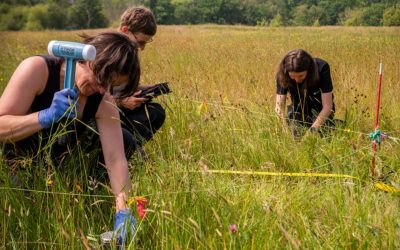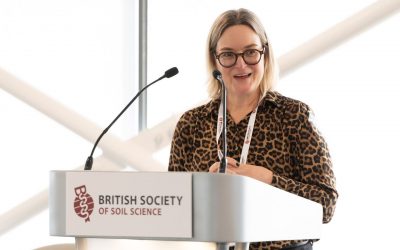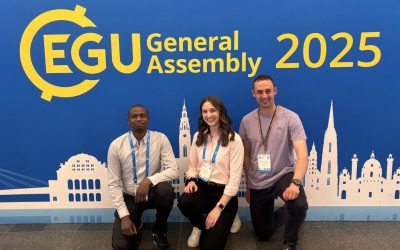Blog from Early Career Member, Urmi Ghosh
The European Geoscience Union (EGU) General Assembly is Europe’s largest geoscience conference, and this year, it saw over 19,000 registrations. Held in Vienna from 14 – 19 April, the event offered both in-person and virtual attendance options, making it accessible to a broader audience. The British Society of Soil Science Early Career Conference Grant helped me attend the EGU General Assembly and deliver my presentation. It was an enriching experience, providing insights into cutting-edge research, networking opportunities, and future directions in geoscience.
Presentation Highlights: “How Should We Measure Clay?”
At EGU, I had the privilege of delivering an oral presentation titled “How Should We Measure Clay?” This presentation stemmed from my role as Principal Investigator in a Hutton seed corn project. As a Digital Mineralogist at James Hutton Institute, with a background in geochemistry, one of my key research objectives is to relate soil mineralogy to soil properties and functions. Minerals, being the major component of soil, exhibit markedly different and diverse effects on the physico-chemical behaviours of soils, which are often overlooked.
As part of the “Healthy Soils” project funded by the Scottish Government (RESAS), we used soil samples from the National Soil Inventory of Scotland 2007-2009 (NSIS2). These samples, equipped with both high-quality XRPD (X-ray powder diffraction) and MIR (Mid-infrared) spectral data, were instrumental in developing a predictive model for quantifying clay mineral content from MIR spectroscopy. By correlating the spectral data to the quantitative assessment of clay minerals from XRPD using Partial Least Square Regression, we provided a novel approach to measuring clay content. This research was a focal point of my presentation at the EGU conference.
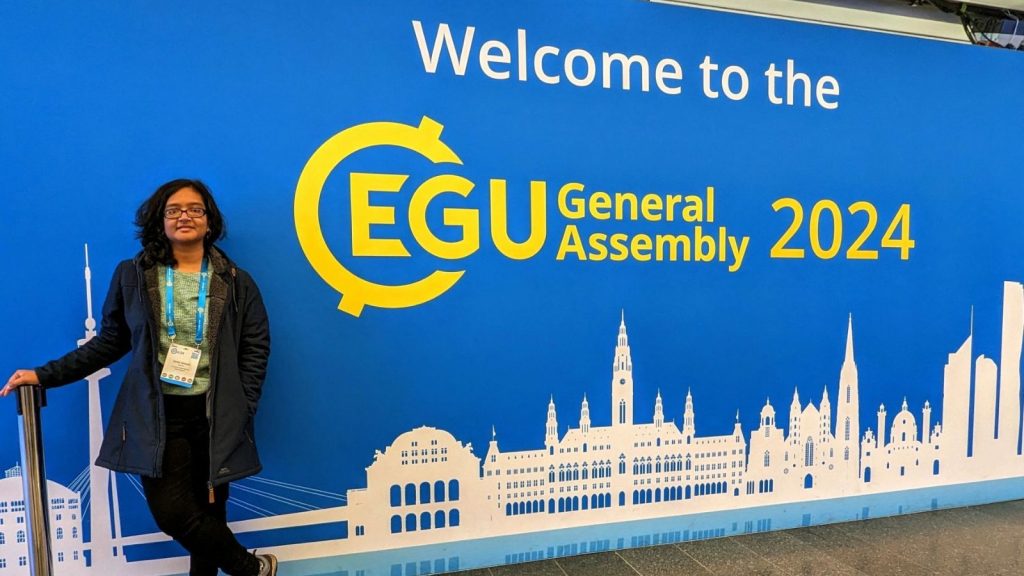
Engagement and Networking
Participating in the EGU General Assembly provided an invaluable platform to disseminate my research and engage with fellow researchers from diverse fields. The discussions that followed my oral presentation and the inquiries I received helped identify potential avenues for future research and practical applications of our methodology.
Attending EGU also offered numerous networking opportunities. Engaging in Early Career Researcher (ECR) sessions, interacting with peers from academia and industry, and participating in poster sessions were particularly fruitful. I was introduced to the current research in soil mineralogy and future directions in the field.
Global Focus on Soil: Technological Innovations and Policy Discussions
The conference shed light on the pivotal role of automation and AI in various geoscience research fields and industries. There was a notable emphasis on employing multiple complementary techniques for validating findings. Topics like enhanced rock weathering for carbon sequestration, agricultural practices, and carbon sequestration in construction were prominently featured, reflecting the conference’s diverse thematic coverage.
Numerous sessions delved into policy discussions regarding soil health targets and thresholds, blending theoretical frameworks with stakeholder feedback. Many presentations utilized the European LUCAS datasets and EU Horizon projects, contributing to the Europe-wide soil monitoring framework. MIR Spectroscopy emerged as a prominent theme, offering a cost-effective alternative to conventional analytical methods (predicting soil organic carbon, nitrogen, and phosphorus content, soil texture, bulk density, compaction, and cation exchange capacity).
Another global focus centered on the spatial analysis of heavy metals in urban and industrial soils, investigating the leaching behaviour of heavy metals and pharmaceuticals with a focus on their migration to groundwater. The varying effects of land degradation on soils developed from different parent materials were also highlighted. Digital Soil Mapping techniques are being widely used, with presentations reviewing the sources of prediction uncertainties from data sources, sampling, measurements, models, methods, and reliability of uncertainty estimation. There were presentations emphasizing the importance of Artificial Neural Networks (ANN) to apply a soil erosion model across a larger spatial extent, while others stressed the need to address the issue of overconfidence in ANNs, particularly for regions with different characteristics or distances from the training area.
The insights gained from attending the EGU General Assembly 2024 have equipped me with new knowledge and perspectives that I look forward to applying in my future research endeavours.

